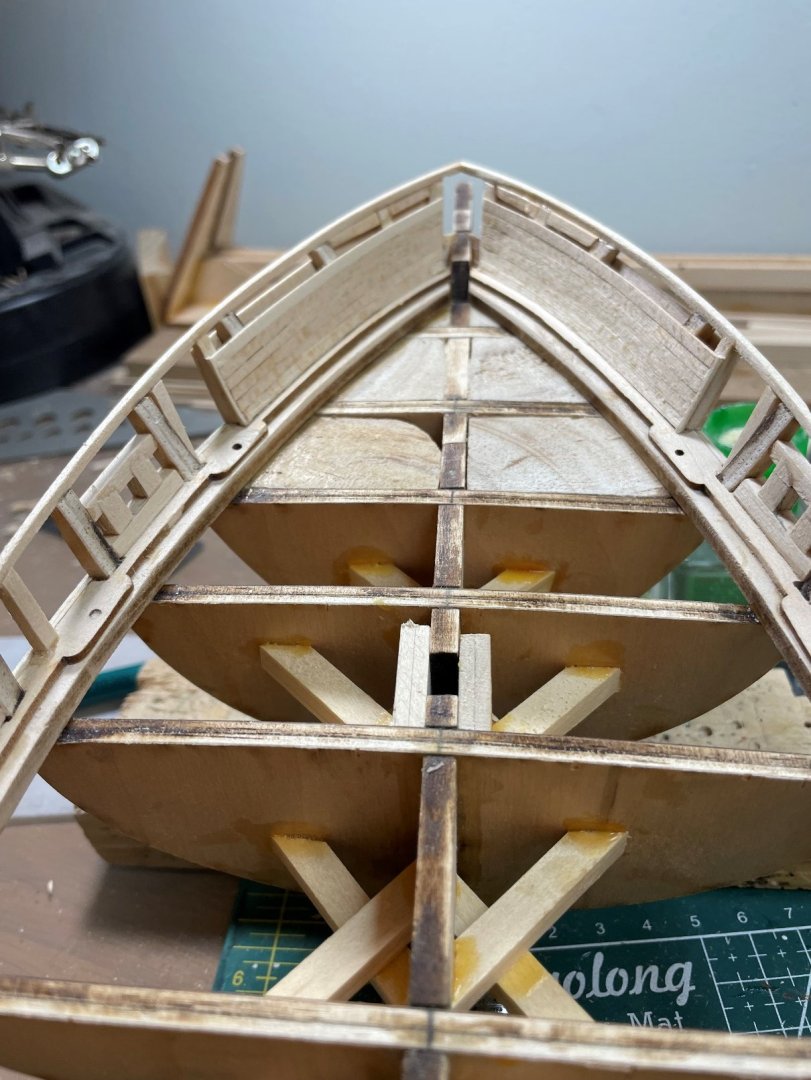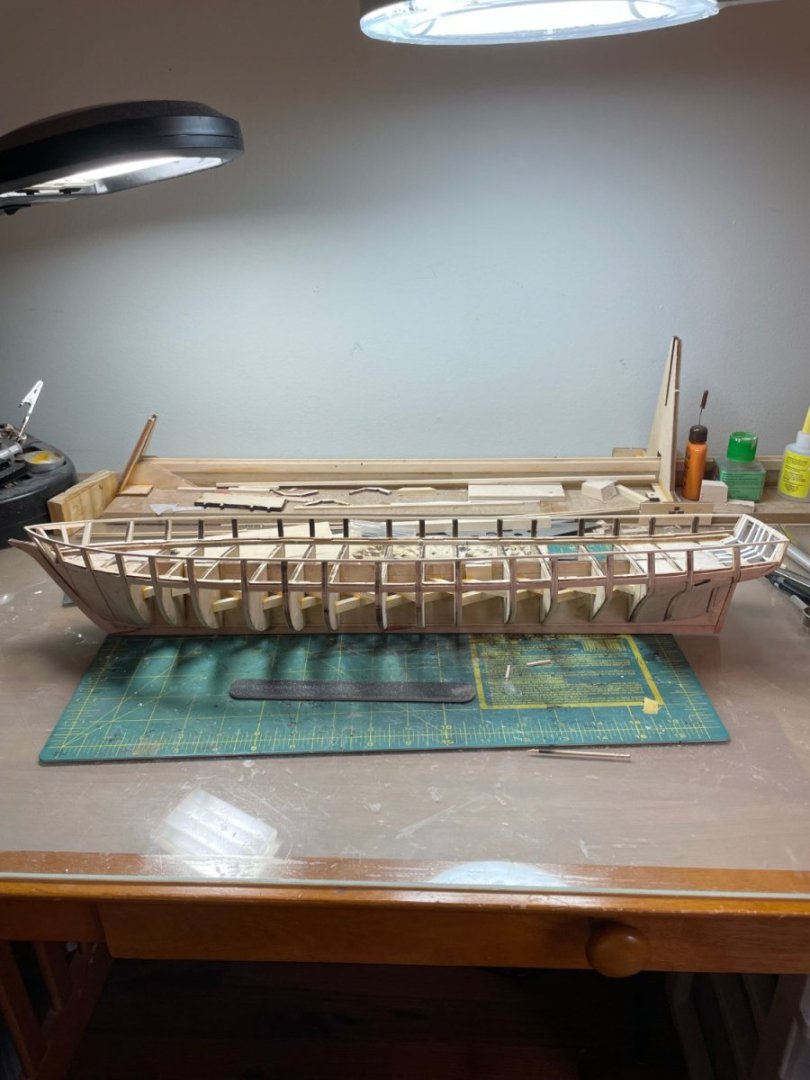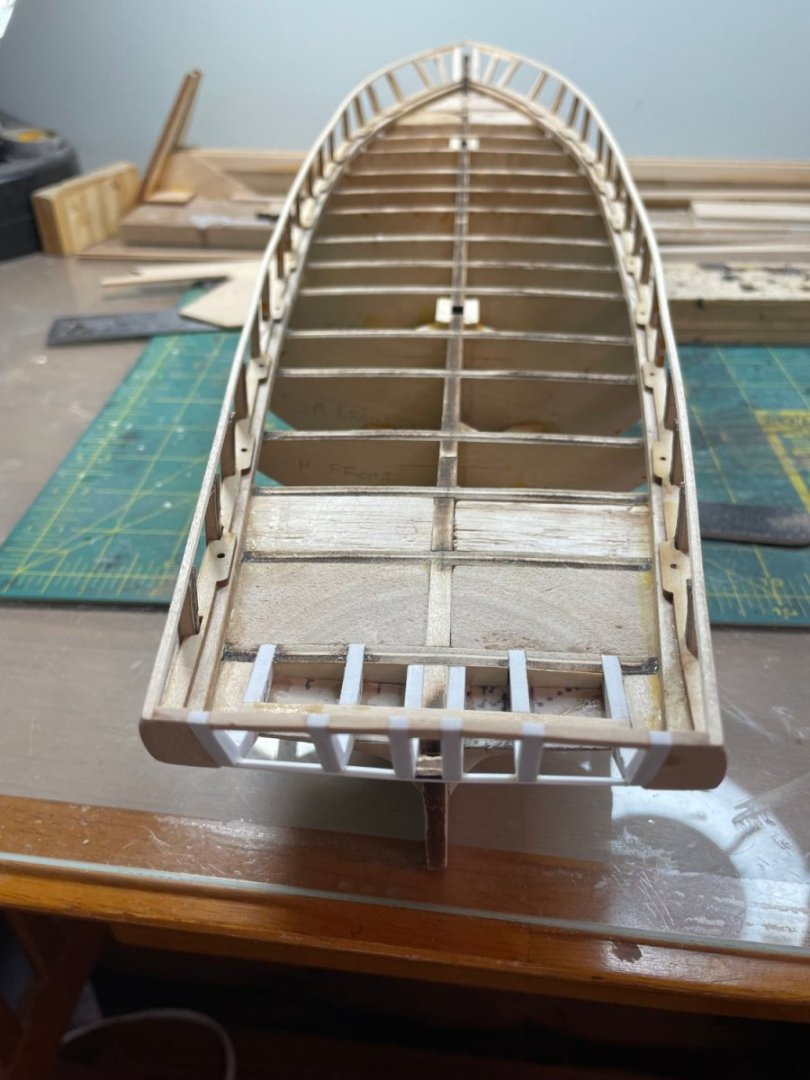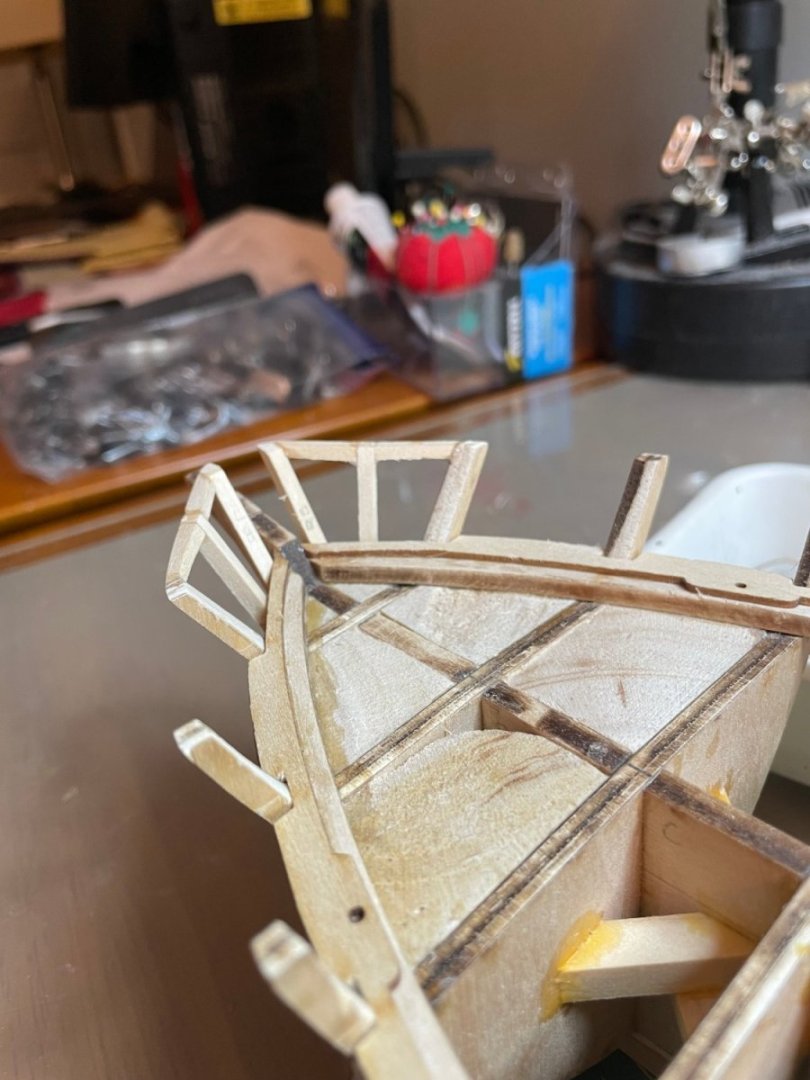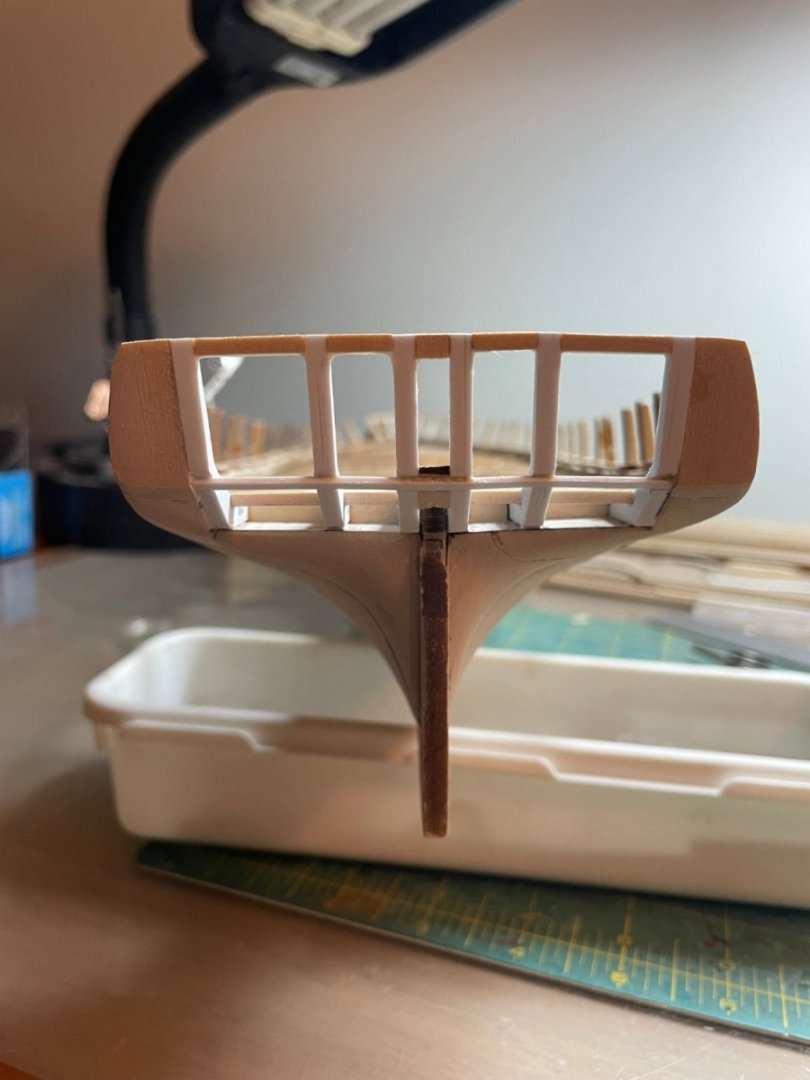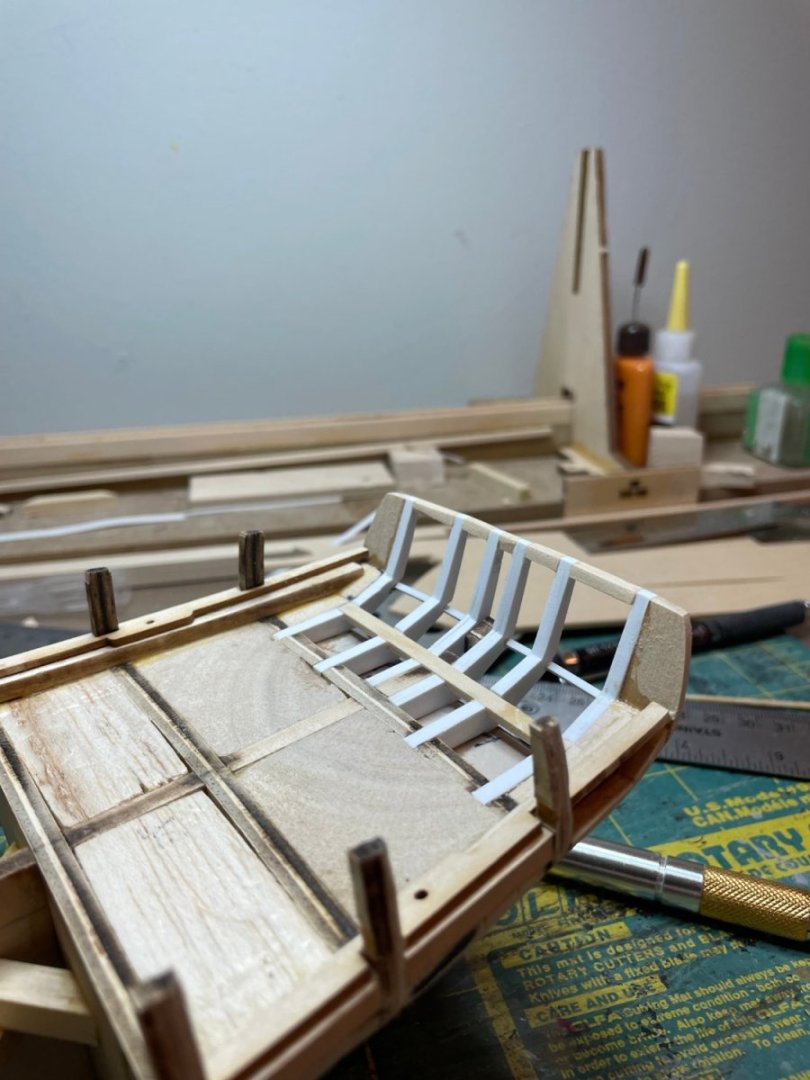-
Posts
73 -
Joined
-
Last visited
-
 GrandpaPhil reacted to a post in a topic:
US Brig Niagara by Usgecko - Model Shipways
GrandpaPhil reacted to a post in a topic:
US Brig Niagara by Usgecko - Model Shipways
-
 Coyote_6 reacted to a post in a topic:
US Brig Niagara by Usgecko - Model Shipways
Coyote_6 reacted to a post in a topic:
US Brig Niagara by Usgecko - Model Shipways
-
 ccoyle reacted to a post in a topic:
US Brig Niagara by Usgecko - Model Shipways
ccoyle reacted to a post in a topic:
US Brig Niagara by Usgecko - Model Shipways
-
 Cathead reacted to a post in a topic:
US Brig Niagara by Usgecko - Model Shipways
Cathead reacted to a post in a topic:
US Brig Niagara by Usgecko - Model Shipways
-
 Coyote_6 reacted to a post in a topic:
US Brig Niagara by Usgecko - Model Shipways
Coyote_6 reacted to a post in a topic:
US Brig Niagara by Usgecko - Model Shipways
-
 Knocklouder reacted to a post in a topic:
US Brig Niagara by Usgecko - Model Shipways
Knocklouder reacted to a post in a topic:
US Brig Niagara by Usgecko - Model Shipways
-
 Cathead reacted to a post in a topic:
US Brig Niagara by Usgecko - Model Shipways
Cathead reacted to a post in a topic:
US Brig Niagara by Usgecko - Model Shipways
-
 Srodbro reacted to a post in a topic:
US Brig Niagara by Usgecko - Model Shipways
Srodbro reacted to a post in a topic:
US Brig Niagara by Usgecko - Model Shipways
-
After framing the gun and sweep ports I found there was a gap between the plank sheer where the gun ports were and the edge of the frames. Filled this in with some thin bits of wood then sanded to ensure smoother fit once the first two hull planks were attached. you can see the result below on the outside edges of the cannon ports.
-
 Cathead reacted to a post in a topic:
US Brig Niagara by Usgecko - Model Shipways
Cathead reacted to a post in a topic:
US Brig Niagara by Usgecko - Model Shipways
-
Thanks for the comment Abelson. I will be honest that if I had the equipment to cut the stern timbers out of hardwood, to replace the plywood that comes with the kit, I would have. As it is I was not willing to suffer the inevitable breakage of these parts as seems to afflict those that have posted their Niagara building logs in the past. The effect of trying to re-glue these parts, ensuring they were precisely aligned etc. and hoping they didn’t break again just didn’t make sense to me. Fabricating the parts in plastic was not simple and will in this case be covered by wood as construction progresses and it is something that I am personally ok with for my build. The question of use of parts other than wood in a wooden ship I will leave to others to debate. it is an interesting question however in the context of wooden ships. Would it imply that someone who scratch builds everything from wood they have cut from the tree more of a builder than someone who assembles laser cut wooden parts from a kit? Does it really matter in any case as the goal is got self satisfaction through completing the building process. Does someone who has a lathe and electric saw to fabricate parts and turn square dowels into masts deserve less regard than those that only use hand tools. i would note that those who have the capability, and not inexpensive tools, to complete a scratch build deserve real respect for their skills. Thanks Stuart
-
wrapped up the knightsheads and top stiffner first made sure the stiffners were snug to what will be the bowsprit Also worked o n the stern framing. Th plans didn't quick make sense to me and seemed more complicated than they need be for the quarter stanchions. Instead I decided to cut a piece of boxwood to the required shape and attached this to the horn timbers and the spacers blocks.
-
On to fitment of the stern timbers - the plastic sheet replacements for the wooden ones (because I knew I would break them! After attaching the two horn timbers I attached the filler blocks at the stern. These took a great deal of shaping, and may still require some hand sanding after fitting. I wanted to attach these so I had a better chance of getting the remaining stern timbers attached to align the the horn timbers
-
Steve, thanks for the suggestions. so sorry to hear you were bludgeoned on your build by the “experts”. I have experienced this when I was building a Titanic model. One or two of the individuals who did have a high level of knowledge were completely obnoxious. Rather than sharing their knowledge they wanted to make sure that other less knowledgeable builders were aware that they were uninformed and wrong. Very sad but that’s one of the downsides of Internet forums. The majority of people are great but there is a small group of keyboard “warriors” display a level of rudeness they would likely not do face to face. I have not experienced such issues on this forum! Cheers - Stuart
-
Next stage of my build - having read that everyone seemed to have issues with the stern timbers breaking I decided to replace these with plastic I photocopied the sheet of wood with the stern timbers on them, then used the photocopy (glued to plastic sheep using white glue) as a template. Needed three cut out from the sheet plastic for each timber. Fun! These are the timbers before final cleaning and tidying up. That was accomplished through frequent comparison to the wooden originals. It seems whenever I start something with this model I start with a larger piece of wood plastic, then many hours later end up with a really big pile of sawdust/wood shavings and a much smaller finished piece!
-
Mike & Steve, Thank you for the comments - food for thought for sure. Given lack of historical detail I am possibly inclined to build as per instructions maybe with reduced number of cabins - choice of this ship to build was down to my wife being from Erie PA and she is familiar with seeing the Niagara on Lake Erie. Please keep any comments/suggestions coming. I was planning on getting rope from Syren - suspect that will be a hit to the wallet. I want decent rope because it is the rigging stage I am aprehensive about so investing in better quality rope may help! Stuart
About us
Modelshipworld - Advancing Ship Modeling through Research
SSL Secured
Your security is important for us so this Website is SSL-Secured
NRG Mailing Address
Nautical Research Guild
237 South Lincoln Street
Westmont IL, 60559-1917
Model Ship World ® and the MSW logo are Registered Trademarks, and belong to the Nautical Research Guild (United States Patent and Trademark Office: No. 6,929,264 & No. 6,929,274, registered Dec. 20, 2022)
Helpful Links
About the NRG
If you enjoy building ship models that are historically accurate as well as beautiful, then The Nautical Research Guild (NRG) is just right for you.
The Guild is a non-profit educational organization whose mission is to “Advance Ship Modeling Through Research”. We provide support to our members in their efforts to raise the quality of their model ships.
The Nautical Research Guild has published our world-renowned quarterly magazine, The Nautical Research Journal, since 1955. The pages of the Journal are full of articles by accomplished ship modelers who show you how they create those exquisite details on their models, and by maritime historians who show you the correct details to build. The Journal is available in both print and digital editions. Go to the NRG web site (www.thenrg.org) to download a complimentary digital copy of the Journal. The NRG also publishes plan sets, books and compilations of back issues of the Journal and the former Ships in Scale and Model Ship Builder magazines.


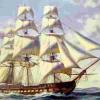
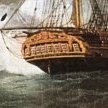

.thumb.jpg.4cf5d7fb10896770d021df558953c3aa.jpg)
.thumb.jpg.ed4d29a16e301ff0df1e05230cda9c67.jpg)
